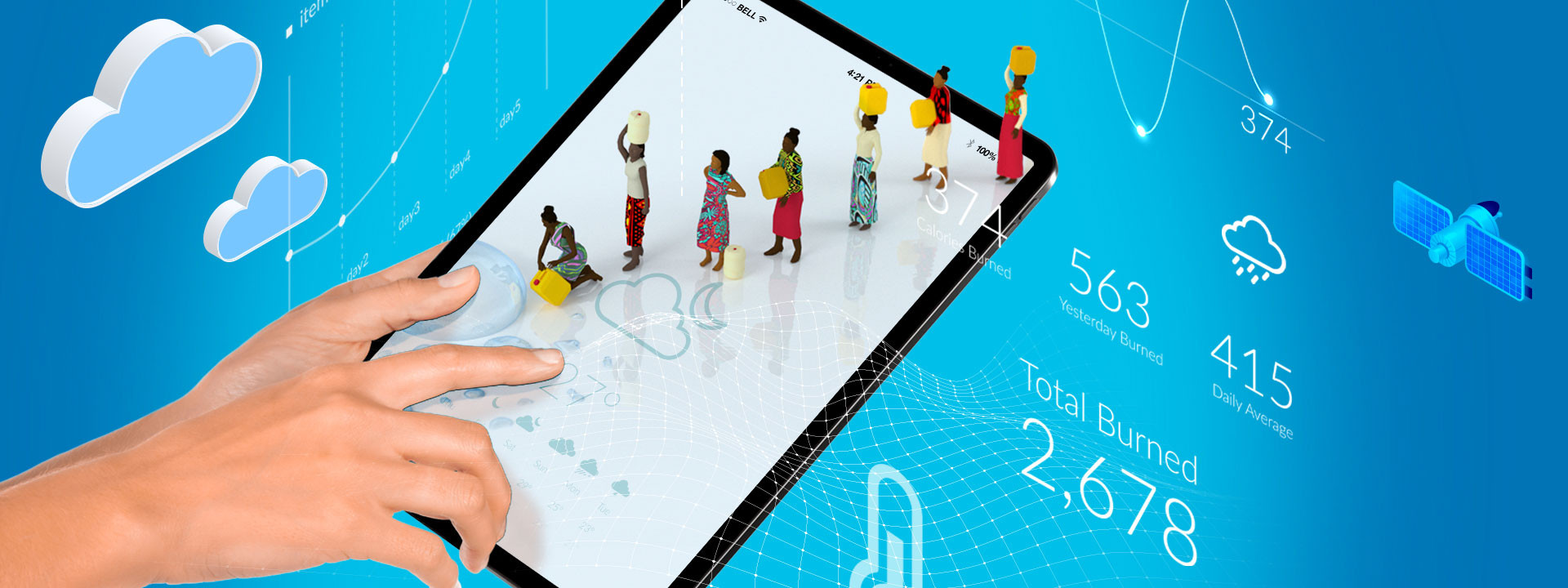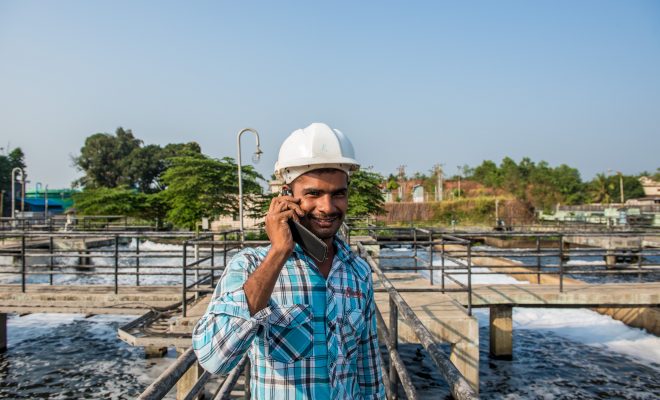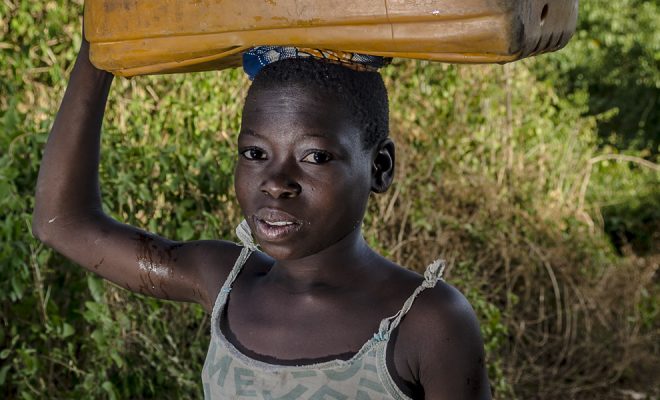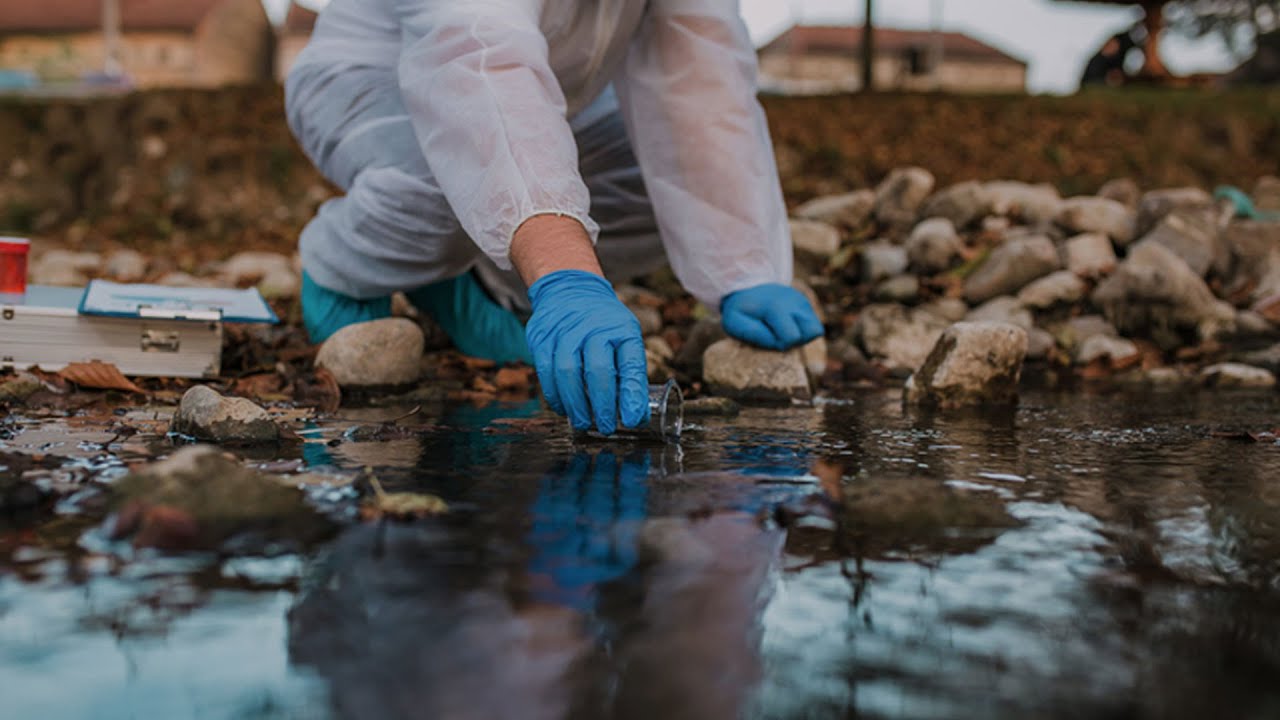
Water crises have always generated humanitarian crises and confrontations that often block solutions and end up being used by those in power for their ends. In the most neglected rural areas, the lack of knowledge of the reality of water also increases the population’s vulnerability to extreme events, such as droughts and floods, by limiting their prevention and response capacity.
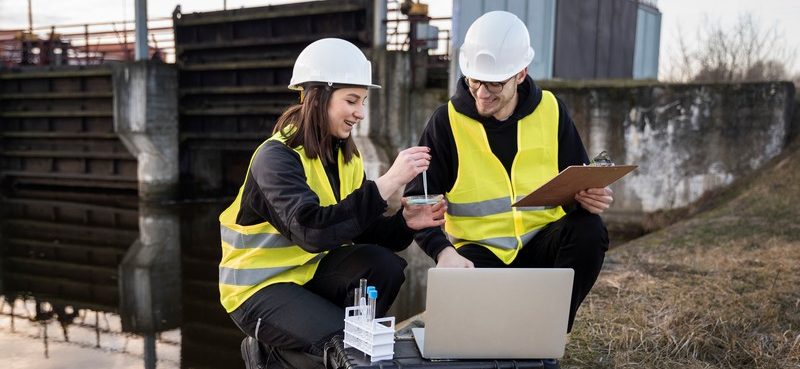
Obtaining data on the water status at a given time and place is crucial for effective management. © Freepik
The emergence of GSM mobile phones and the Internet has provided tools capable of radically changing the management of any resource or service. The case of water has been very significant. In the first decade of the 2000s, the “digital divide” became evident between countries that incorporated information and communication technologies (ICTs) into water management and those developing countries still struggling to achieve universal access to water and sanitation.
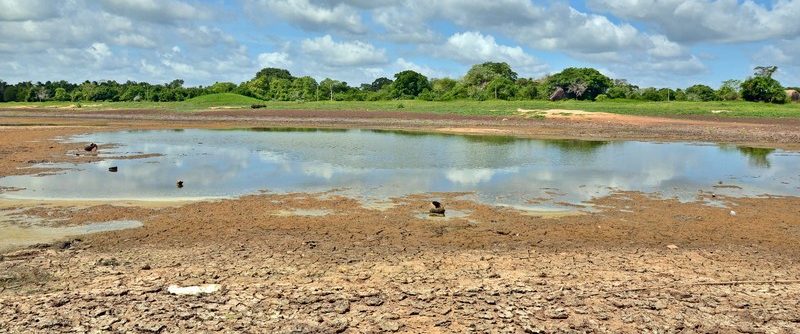
The lack of knowledge of the reality of water also increases the population’s vulnerability to extreme events, such as droughts and floods, by limiting their prevention and response capacity. ©WMI
Data to know, data to act
However, although progress is slow, there have been notable improvements in the implementation of technology, and several successful initiatives demonstrate its value: beyond the solution of sudden crises (floods, pollution outbreaks, dam bursts, etc.), access to data provided by ICTs contributes to the development of the water culture.
Lack of data is one of the scourges most detrimental to managing vital resources. Data not only on the people living in water scarcity but also on the scarcity itself, its scale, and its causes. In the latest UN World Water Development Report 2023, UN Water and UNESCO highlight the importance of obtaining real-time data for effective decision making capable of harnessing water and managing sanitation. Moreover, getting this data in a participatory and shared manner provides valuable societal benefits.
In general, there is less predictive capacity in those places where drought and floods threaten the most, as sensors, home automation, big data, and algorithms to extract information are absent from arid and semi-arid areas. There, it is common for women to have to walk miles to provide water for their families, and drought causes famine and forced displacement. This is the case in many Sahelian countries, where ecological systems have been decoupled in recent decades due to the lack of knowledge of how much groundwater was available and reasonable to use in the wet or rainy seasons.
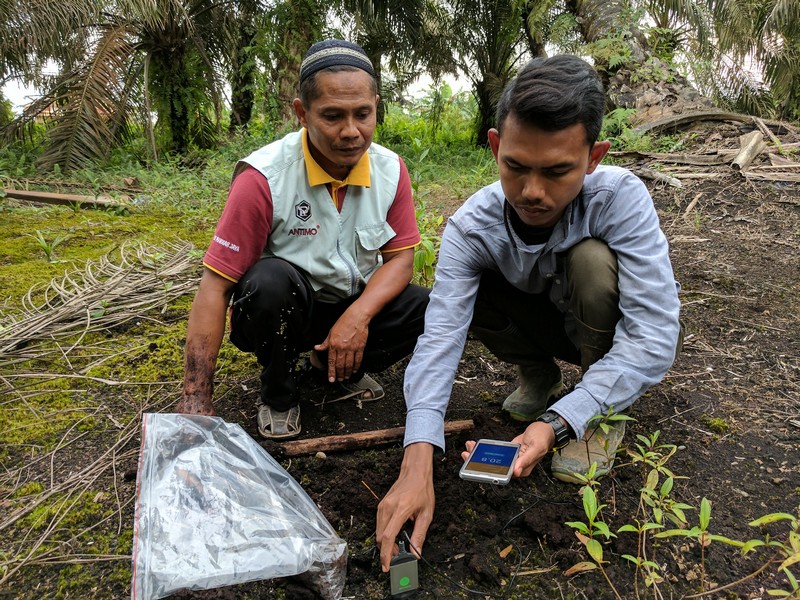
The emergence of GSM mobile phones and the Internet has provided tools capable of radically changing the management of any resource or service.. © Aul Rah
Transparency and collaboration
Accessing and sharing information transparently often poses terminological difficulties that hinder communication. Establishing a common language is the first step in achieving transparency and informed accountability, especially regarding pollution crises and the endemic problem of over-extraction.
This is especially important in the case of transboundary aquifers, whose overexploitation is the cause of permanent confrontations. In its report, UNESCO points to the joint monitoring of the transboundary Tuli Karoo aquifer, a vast groundwater body shared by Botswana, South Africa, and Zimbabwe, as a significant success story.
Before this intervention, water monitoring had yet to be integrated, so data in the system space and time were minimal. Collaboration between the three governments, the regional entity (Southern African Development Community Groundwater Management Institute), and the basin organization (the Limpopo Watercourse Commission) resulted in the shared design of the groundwater monitoring system.
Communities can now assess long-term and detect annual changes in aquifer storage due to climate change and water withdrawals. This information increases their ability to ensure food security and climate resilience sustainably and eliminates national and ethnic tensions.
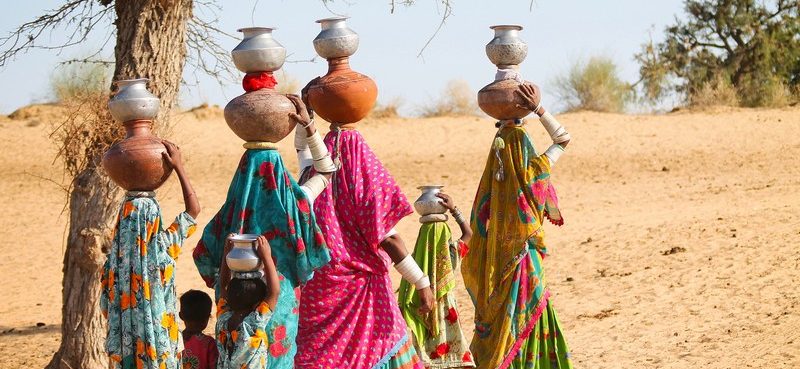
Citizen science development, momentum for unity
Another benefit of shared monitoring projects is the development of UNESCO’s citizen science program. It is a partnership in which volunteers and scientists collaborate to create knowledge, which is a decisive factor in strengthening sustainable development. However, one of the challenges of this initiative in a developing country is knowing how to transmit the value of scientific knowledge so that communities become involved in the long term and create a cultural change.
In South Africa, the Water Research Commission is developing a citizen science strategy to engage communities in water monitoring. This results in a greater understanding of water issues, leading to more rational use and reduced pollution through neglect. Knowledge also leads to a reduction in social tensions and, ultimately, greater resilience to drought crises.
The ability to know the status of aquifers, rivers, lakes, and the supply network in real time is a tool that, in addition to providing information that affects the well-being and survival of people, allows the dissemination of water science and the technologies associated with its care. Data, when obtained in a participatory manner and supported by an improved culture of scientific knowledge, are intelligible, favor the reduction of conflicts, and encourage a systemic vision beyond local problems to find solutions that benefit everyone.


